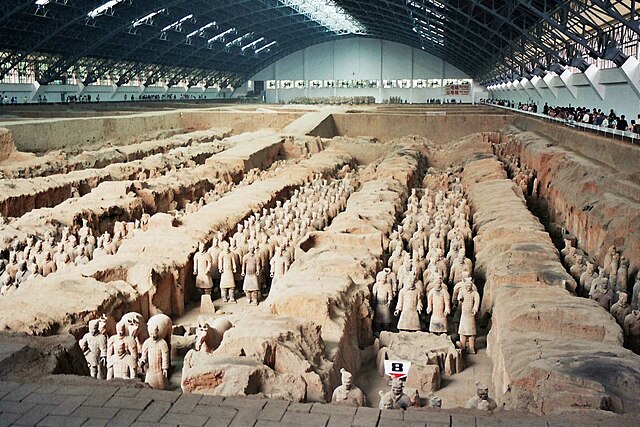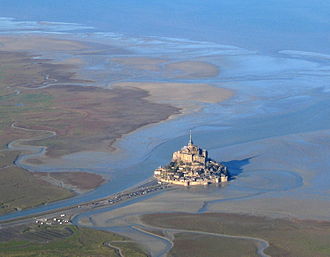As written about earlier today on ChambanaMoms, I wrote an article about Dominion. Of all the games I've written about to date, Dominion has the most depth to it. Since my word count there doesn't give me the ability to talk strategy about any of the games I profile, Dominion deserves a few words about some elementary strategy.
I won't pretend to be an expert player, and I can count on the fingers of one hand the number of games I've played using expansion sets. So, I'm going to focus these comments on the cards from the base set.
Point number 1: The fewer cards in your deck, the more likely you are to draw any individual card. In particular, this means that Silver and Gold cards (which have values of 2 and 3 coins, respectively) are worth more than the 1-coin Copper cards in two respects. Not only do they have a higher monetary value, but if you can replace your starting Coppers with Silvers and/or Golds, you'll increase your buying power at a faster rate. Similarly, since there's nothing you can do with the point cards (Estate/Duchy/Province), when you're ready to buy point cards, buy the highest-value one that you can. The Chapel card also lets you permanently remove cards from your deck, increasing the likelihood you'll draw cards you want.
Point 2: Your one action is a valuable thing. Cards that give you an additional action during your turn will let you play an extra card in addition to whatever other benefit they provide. There are two cards that will give you 2 additional actions for being played, and they're especially useful for that reason alone. However, they need to be supported through having cards that will let you draw more cards from your deck.
Point 3: Sometimes the best offense is a strong, fast offense. One possible method of using this strategy is to buy Attack cards early and often, especially the Militia (which forces your opponents to discard cards) or the Witch (which makes them each get a penalty point card). If you take this route, remember that the Witch's curses can be one of the piles that empties to trigger the end of the game.
The last point to consider is that on your first two turns, you'll have one of two arrangements of hands. Not counting the point cards, you'll have a money split of either 3/4 or 5/2 in one order or another. Start out by looking at the Kingdom cards in the game and decide what you're going to do with those first two buys.
All that said, there are a few common basic types of decks that tend to crop up. None of them are expert-level decks, but they can serve to help frame an approach to a first game or two.
- "Big Money": Buy a Province if you can. Buy a Gold if you can't buy a Province. Buy a Silver if you can't buy a Gold.
- Village/Smithy: The Village is one of the cards that gives you more than one extra action, and the Smithy draws more cards than almost any other draw card in the basic set. This approach pretty much consists of only buying Village and Smithy cards as action cards, and with the goal of running through your entire deck every turn so that you can buy first some Golds and later a Province per turn.
- The attack deck works pretty much exactly as described above. Buy attack cards early, buy attack cards often, and play them at every opportunity.
As said in the main review, if you're somebody local and haven't played Dominion before, I encourage you to check it out from the library or try the store copy at Armored Gopher. Should you get bitten by "the bug," the BoardgameGeek page for Dominion contains a wealth of strategy articles, most of which are written by people with far more games under their belt than I have, and some of which include discussing cards from the expansions.

_-_TIMEA.jpg)




